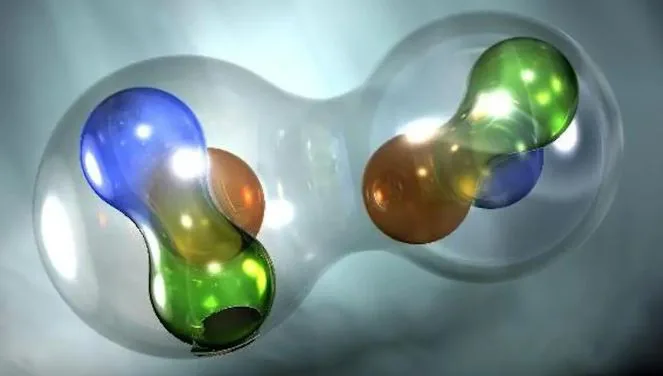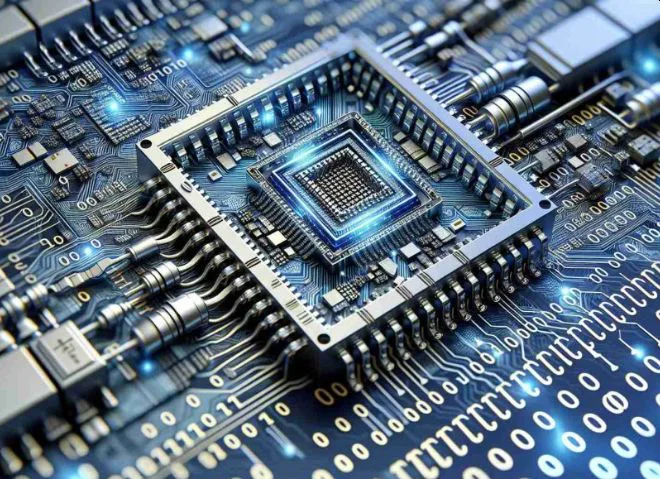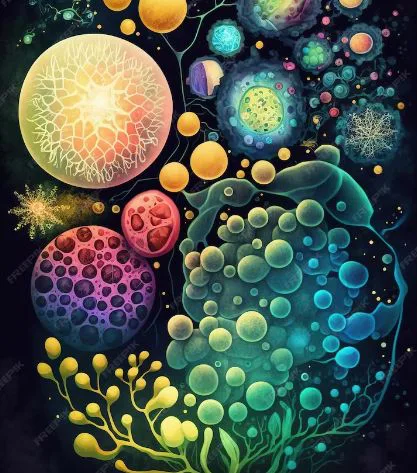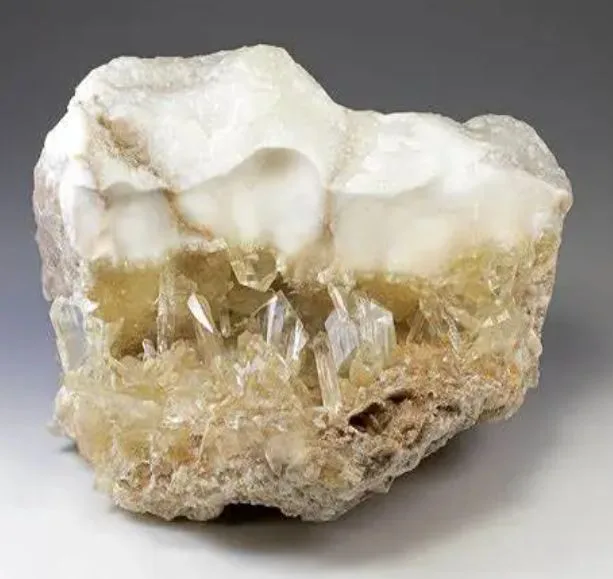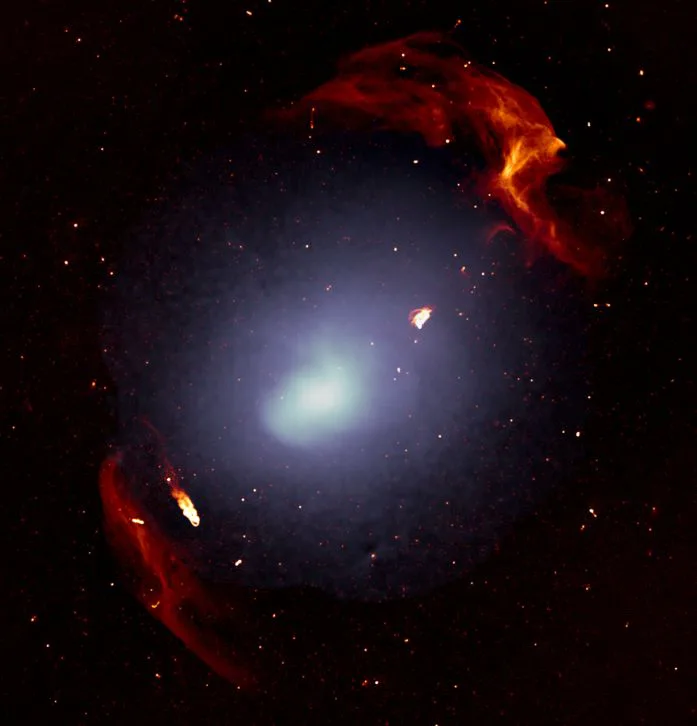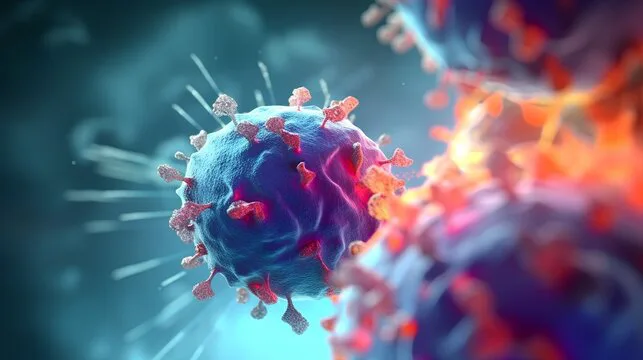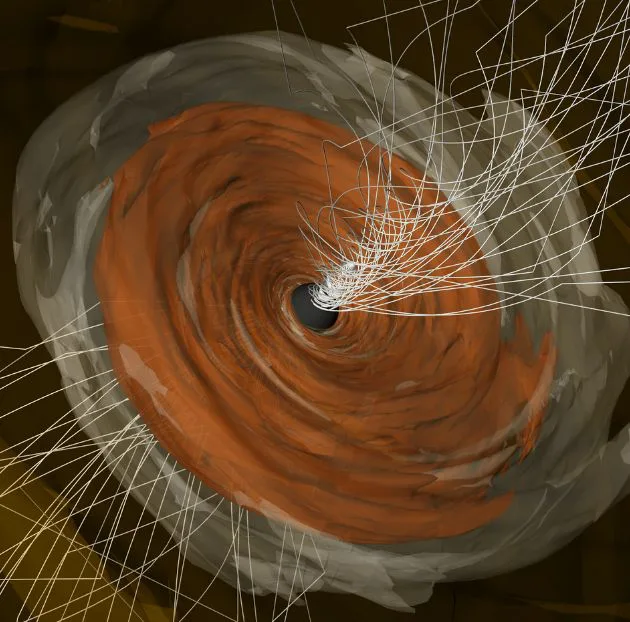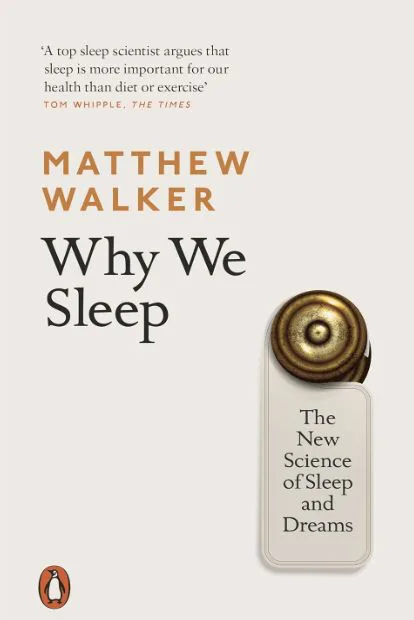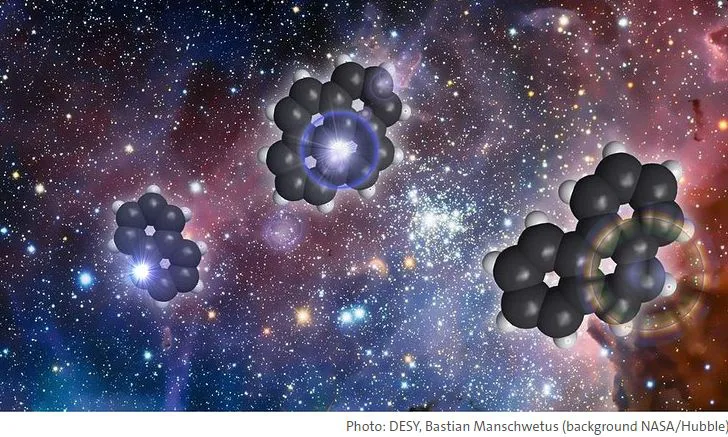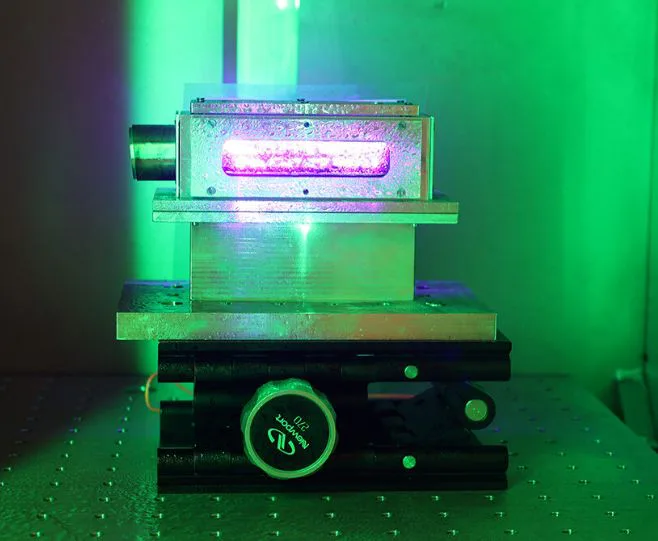Scientists at Peking University have successfully uncovered the elusive 02+ state of 8He. The 02+ state of 8He refers to a specific energy state of the helium-8 (8He) nucleus. The “2+” signifies that the state has a positive parity, and the “0” indicates a specific spin value. The observation and understanding of such nuclear states provide valuable insights into the structure and behavior of atomic nuclei.
Read MoreYear: 2023
Firefighters of the Future: The ‘Flying Dragon’ Robot
How about a dragon flying around, but get this – not spitting out fire, but actually putting out flames with water! Japanese researchers are up with concretizing this cool idea. Thinking of firefighting dragon as blasting water on out-of-control fires, these scientists are working on a dragon buddy, which someday would join firefighting teams worldwide. It’s like a mix of myth and modern-day firefighting.
Read MoreTransistors Get a Makeover with Sliding Ferroelectricity Power
Lately, tech wizards are aiming to create hardware that combines computation and data storage all in one gadget. These emerging electronics, called as computing-in-memory devices, will be a game-changer for faster speeds and improved data analysis.
Read MoreIs Algae the Next Green Protein Alternative?
Discover a green protein alternative – algae. Forget meat, researcher says algae is the new and eco-friendly protein that we’ve been ignoring so far. The University of Exeter just dropped a study in The Journal of Nutrition. The research demonstrates that two everyday algal species are protein powerhouses. And so, ingestion of those can help young as well as healthy adults remodel their muscles.
Read MoreBook Review: 2BR02B by Kurt Vonnegut
The book, 2BR02B by Kurt Vonnegut is about a dystopian world, where society is extremely strict about population control. It was originally published in 1962. Kurt Vonnegut was an American author renowned in the world of satirical fiction. His writings are a wild ride through his unique perspectives on wars, politics, and religion. This happens to be my second read, after Timequake, from the vault of Vonnegut. This book too is equally thought-provoking.
Read MoreGut Defense: Microbiome Blocks Pathogens’ Nutrient Access
Deep within our stomach, a lively neighborhood thrives. The community is known as the gut microbiome. It is housing hundreds of bacterial species. The fascinating world of the gut microbiome steps up to shield us from nasty invaders called pathogens. Details of its protective powers have been a bit fuzzy until now. Scientists have been tackling and exploring which bacterial players hold the secret to its protective magic.
Read MoreCosmic Recycling: NASA’s Discards Turned into Futuristic Nanomaterials
Sussex researchers just unveiled the game-changing power of Martian nanomaterials! Dr. Conor Boland, the materials physics maestro at Sussex, along with his team investigated the potential of nanomaterials. These materials are smaller than a human hair for Mars’s sustainable future. The same tech rocking the International Space Station and NASA’s playbook might be Mars’s ticket to eco-friendly living.
Read MoreGalactic Breakthrough: Abell 2108 Reveals Its Second Radio Relic
Indian and Taiwanese astronomers recently upgraded Giant Metrewave Radio Telescope (uGMRT) to snoop around the galaxy cluster Abell 2108. And guess what? They stumbled upon a second, way bigger radio relic that’s like, totally different from the first one they knew about in the same cluster.
Read MoreBattery Technology: Charging into the Future with Indefinite Causal Order
Whenever we talk about “quantum”, we immediately think about quantum computers. But guess what? There’s more cool stuff in the quantum world, like these things called quantum batteries. Although, it sounds a bit puzzling but once its out of lab, it could totally shake things up especially for sustainable energy. And might even power future electric rides.
Read MorePPAP53: A Game-Changer in Tuberculosis Treatment
Recently, Prof. Bernd Plietker and his team at the Organic Chemistry I lab, TUD, came up with this group of natural substances called polyprenylated polycyclic acylphloroglucinols, or simply PPAP. The interesting part is its derivative called PPAP53. Since, it has got some serious potential in the world of medicinal chemistry.
Read MoreM87 Black Hole Unveils Magnetic Brilliance in Spiraling Light
In 2019, the Event Horizon Telescope (EHT) unveiled the first-ever images of M87. It was a mind-blowing moment for astronomy. M87 is a supermassive black hole at the center of the galaxy Messier 87. The EHT dropped the first snapshots of M87. It was like getting an up-close look at a supermassive black hole for the first time ever!
Read MoreBook Review: Why We Sleep by Matthew Walker
Just wrapped up the audio version of “Why We Sleep: Unlocking the Power of Sleep and Dreams” yesterday, and let me tell you, it’s pretty intriguing. Matthew Walker, the neuroscientist and sleep guru behind it, dives deep into the significance of sleep and dreaming. The book was first published in 2017.
Read MoreMeteorites Unveiled as Earth’s Nitrogen Messengers
Tiny meteorites from the icy outer reaches of the Solar System might be the reason nitrogen ended up near Earth. Yes, we are talking about the early days of our solar system. A team of scientists from the University of Hawai’i at Manoa along with Kyoto University and others from around the globe recently published their discovery in Nature Astronomy.
Read MoreBook Review: Fever Dream by Samanta Schweblin
Just wrapped up with “Fever Dream”, the shortest one (120 pages) I’ve picked up in a while. However, it is real rollercoaster ride. The book is written by Samanta Schweblin. Born in 1978, Schweblin is an Argentine author. Through her psychological thriller novel “Fever Dream” (“Distancia de Rescate” in Spanish), she gained global recognition. Additionally, this book was shortlisted for the Man Booker International Prize in 2017.
Read MoreCompact Accelerator Tech Surpasses Energy Milestone
Particle accelerators are nothing less than super heroes! They rock the world of semiconductors, medical magic, and all kinds of cool research including materials, energy, medicine etc. The only down side of this tech is, they require huge space, like kilometers of it. This makes them super pricey and time consuming of course.
Read More
